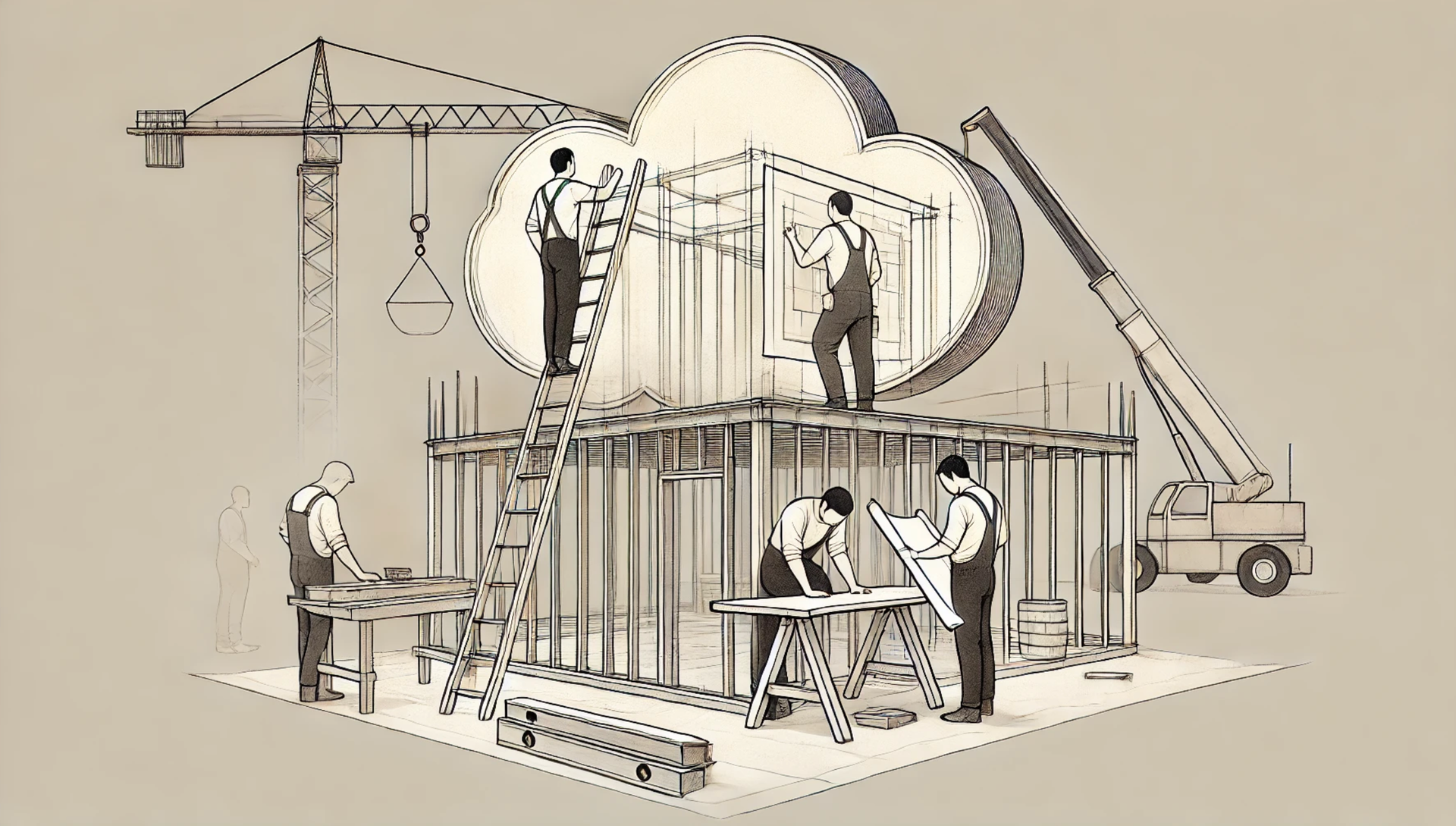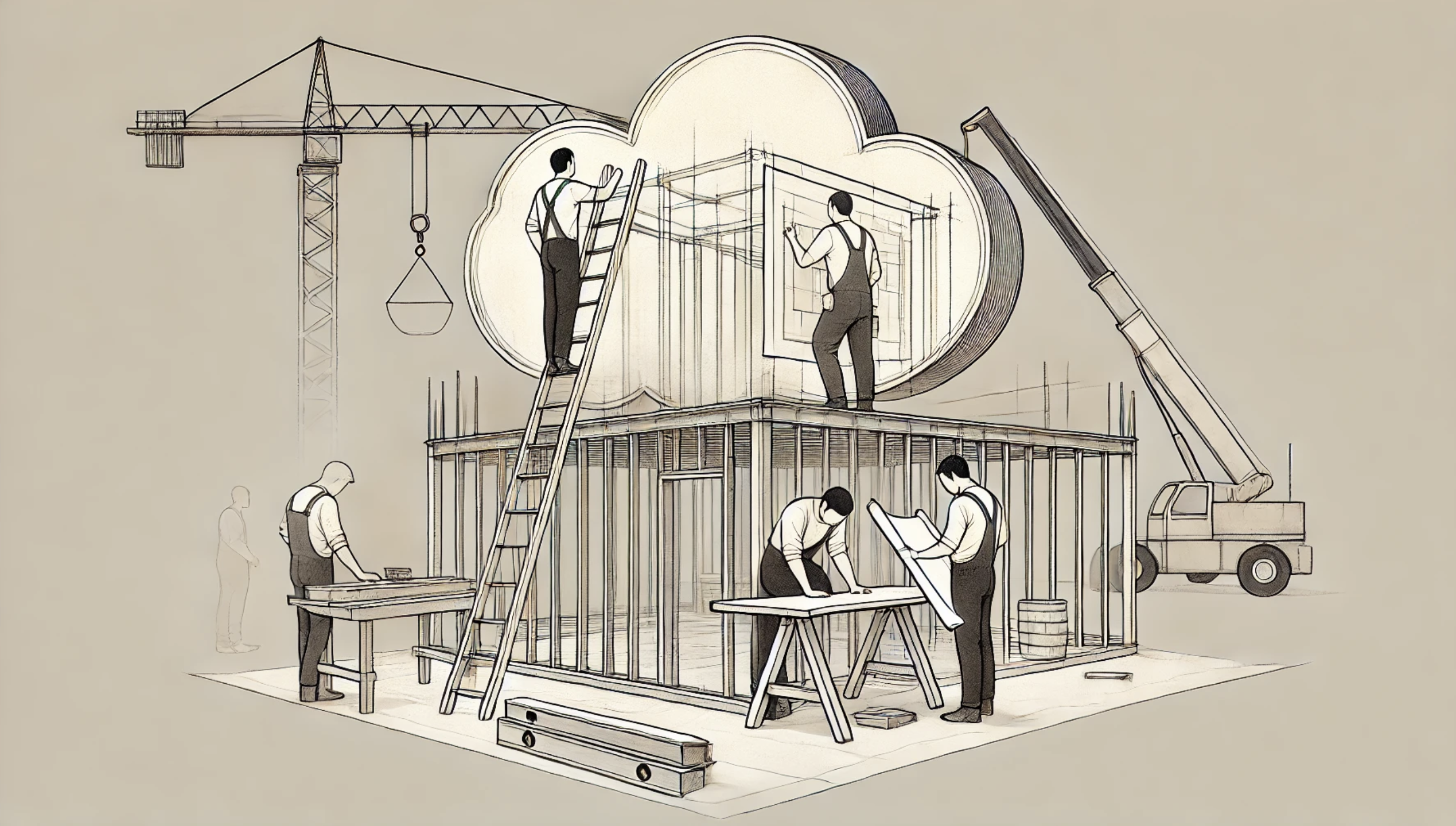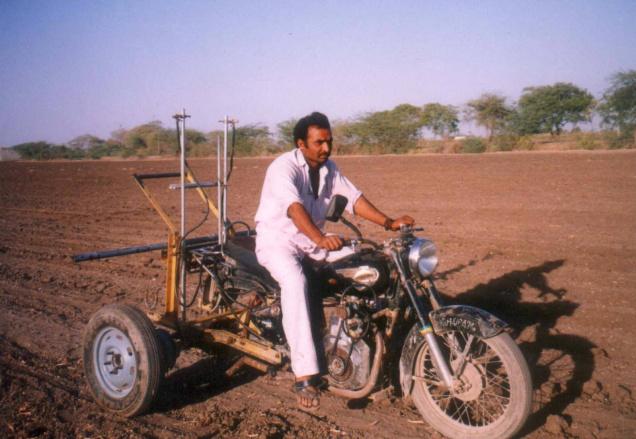Grassroots Innovation: Solving Real Problems from the Ground Up

Let’s face it: “innovation” has become a bit... stiff.
Once the wild child of corporate buzzwords, it’s now buried under layers of process, metrics, and PowerPoints. It wears a suit. It’s booked out six months in advance. It needs a committee.
Meanwhile, the world is on fire (sometimes literally), budgets are shrinking, and organisations everywhere are being told to "do more with less."
So, what happens when your innovation budget gets slashed, your R&D team is stretched thin, and the big ideas are all stuck in the pipeline?
You stop looking up, and you start looking down.
Not down as in "less than", but down to the ground, where the real action is. That’s where you’ll find grassroots innovation.

The future isn’t in your strategy deck
Because here’s the truth: innovation isn’t only about moonshots and bold, audacious goals. That kind of long-range thinking has its place… and yes, we need it. But innovation doesn’t always have to live in the future.
Sometimes, it lives in the fix that makes today a little better than yesterday.
In the workarounds, the hacks, the quick pivots that keep things moving when everything else stalls.
Grassroots innovation is what happens when people closest to the problem get curious enough to fix it themselves. No fancy job titles. No funding round. No waiting for permission.
It’s the hospital cleaner who modifies a mop to be more efficient.
The warehouse worker who re-routes a workflow using cardboard and intuition.
The rural farmer who builds an irrigation system out of scrap parts and hope.
In Kenya, a group of teenagers (after seeing their neighbors struggle during the pandemic) developed an app called Medbit to help patients in rural areas book health appointments and access reliable information.
In India, a farmer named Mansukhbhai Jagani attached a motorcycle engine to a traditional plough, creating a low-cost tractor for small farmers. It wasn’t pretty, but it cut labor time in half and sparked a wave of similar inventions across Gujarat.

In Peru, entire communities in Lima’s hillside slums collect water using fog nets; giant mesh structures that literally pull moisture from the air. That innovation came not from a lab, but from necessity, collaboration, and raw curiosity.

These aren’t theories. These are solutions. They’re fast. Resourceful. Messy. And they work.
Why now?
Organisations are stuck in a classic paradox:
- They need bold ideas more than ever. Fresh thinking to tackle complex challenges, drive change, and stay ahead.
- But the systems they’ve built to deliver those ideas? Too slow. Too risk-averse. Too tangled in red tape. Or, in many cases, just plain broke.
The typical response? Delay. De-risk. Water it down. “Let’s park that for Q4.”
Meanwhile, grassroots innovators don’t wait. They solve the problems of now: the immediate, everyday friction points that slow things down, cost money, or frustrate users. They’re not dreaming about 2030; they’re figuring out how to get water, deliver care, or move products today.
And they don’t ask for permission.
Which raises the question: Why aren’t we tapping into the people who already know where the friction is? Why aren’t we listening to the frontline teams who speak to customers every day?
The people in the call centers, the service bays, the shop floors. The ones who know what’s broken because they deal with it constantly. Even customers. The ultimate experts in using (and misusing) what we’ve built.
Why do we treat innovation as something that only happens in strategy rooms instead of something that could happen everywhere?
While you're in a meeting about how to innovate faster, someone out there is already doing it: with duct tape, a phone battery, and a stubborn streak.
Now to be clear: this isn’t a scrappy Plan B, and it’s not a replacement for long-term R&D. It’s a powerful counterbalance. Because while visionary innovation is vital for shaping the future, grassroots innovation keeps things moving in the present.
It’s what innovation looks like when curiosity is allowed to run free. Right here, right now.
Curiosity is the engine
Here’s the thing: grassroots innovation isn’t about having less. It’s about using curiosity as a creative engine. One that doesn’t rely on big budgets or top-down directives.
It starts with a question: “Could this be better?”
Then it snowballs: “What if we tried this?”
And sometimes ends in something brilliant that no one saw coming.
At a UK food bank, volunteers hacked together an inventory app using Airtable and WhatsApp. Not because they were developers, but because chaos was costing people meals. Their DIY tool is now used in other cities.
Inside organisations, these kinds of micro-innovations are happening all the time… often quietly, under the radar. Sometimes it’s as simple as a handwritten note taped to a door that solves a recurring issue. Other times, it's as sophisticated as anything you'd find in a formal innovation lab. A team in a logistics firm reroutes delivery trucks using Google Maps and driver feedback, bypassing the outdated official system. Results? Faster routes. Less fuel. Happier clients.
What if we stopped trying to control innovation?
Innovation isn’t something that needs to be owned at the top. In fact, the more tightly we try to control it, the more we risk squeezing the life out of it.
What if, instead, we treated innovation less like a department and more like a shared behaviour?
Because here’s the truth:
You don’t unlock creativity by managing it.
You unlock it by making space.
Space for exploration, for experimentation, and yes, for failure.





